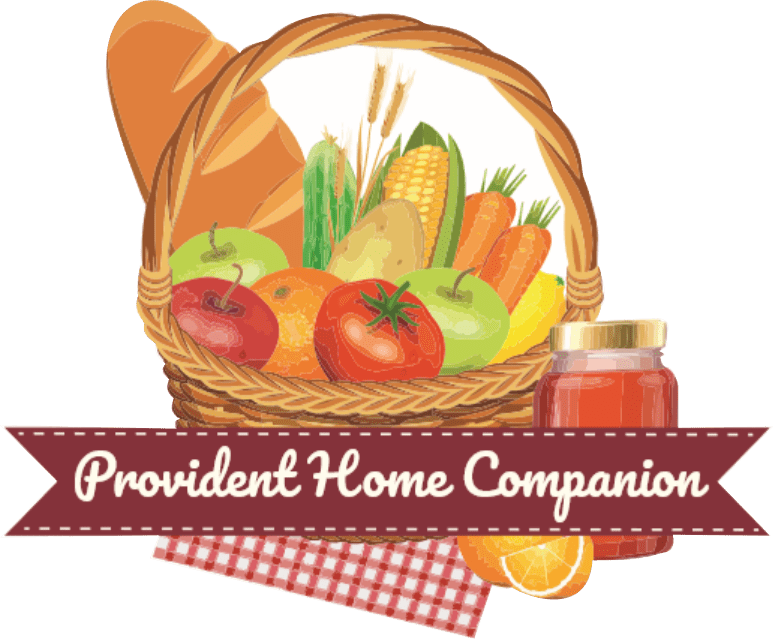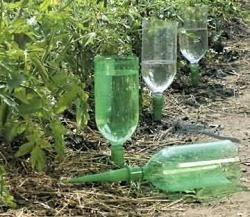

It’s every gardener’s nightmare: You spend all summer nurturing your lovely tomato and pepper plants to maturity and when the time comes to pick the delicious fruits of your labor you discover they have ugly, black rotting splotches on the bottom of the fruit. You have fallen victim to the aptly-named Blossom End Rot (or BER).
What causes BER?
The short answer is: a lack of calcium. Vining plants (like tomatoes, peppers, cucumbers and squash) are heavy feeders. They need a lot of nutrients, calcium being the big one. Calcium is essential to the development of fruits. It helps form the latticework of the fruit’s cells. When there isn’t enough, the fruits do not develop as they should.
Tomatoes absorb calcium through water. But calcium doesn’t move very quickly through the plant. So if a tomato grows quickly (like during a heat wave) or the roots are stressed, then the calcium doesn’t have enough time to travel through the whole fruit and the cells begin to break down, beginning at the end of the fruit where the blossom was once attached.
Symptoms may occur at any stage in the development of the fruit, but we usually see it when the fruit is one-third to one-half full size. This is not a pathological disease so it doesn’t spread to other plants or fruits. (Whew!)
What causes this calcium deficiency?
Here are the main reasons plants might not be getting enough calcium:
Just add calcium, right?
Since the short answer to “what causes BER?” is “a lack of calcium”, most gardeners jump right to adding Epsom salt or crushed egg shells to the soil. But here’s the thing: most healthy soil has plenty of calcium. Usually adding soil amendments is not only a waste of money but it might actually make the problem worse. Most of the time the problem isn’t lack of calcium in the soil but calcium uptake.
Yes, you can certainly add Epsom salt to the soil. But excess salts can interfere with calcium absorption. If your soil is not deficient in calcium, adding Epsom salt may actually make things worse.
So before adding calcium to the soil, have it tested. Your local Extension Service should be able to test your soil for about $20. This will give you a full analysis of your soil that you should have before you start adding soil amendments of any kind.

If it turns out your soil has plenty of calcium, then you need to look at what other factors are interfering with mineral uptake.
Protect the roots
The first place to prevent BER is at the beginning of the season: planting and protecting from cold. Damaged roots may not be able to readily absorb calcium. Roots can be damaged at planting time or if you cultivate the soil too close to the plant. You can prevent root damage by burying the plants deeply and then mulching to prevent the soil around the plants from being disturbed. If you are starting squash or melon plants early, plant them directly into newspaper pots or peat pots. Then when you transplant them to the garden, you can plant the whole pot directly into the garden without disturbing the roots.
Soil too cold?
At the start of the garden season, you should protect your nightshades and vining plants from overnight chills. You can do this with cloches or row covers. (Provident Home Companion: Let's Talk About Cloches | The Dakotan | Charlene Nelson (mydakotan.com) The wall-o-water or tomato teepee is an excellent way to protect sensitive plants.
Solutions
But the most common cause of BER, especially in our region, is irregular watering. You’ll often see it after a dry heat wave. The heat makes the plant produce lots of blossoms, but when the soil is dry, the plant can’t absorb enough calcium to get to all those newly-forming fruits.
But a heavy rainfall can also be a problem. If there is too much water, important minerals (like calcium) may be leached away before the plant can absorb it.
So, the most important thing you can do for your heavy feeders is to give them a nice, steady supply of water. If you do not get at least one inch of rain a week, you’ll need to water your plants. But beware! Some plants, especially tomatoes and peppers don't like a lot of water on their leaves. Excess moisture can foster mold or fungal growth and lead to a diseased plant. Instead of a sprinkler, you should water these plants with soaker hoses or watering spikes.
A soaker hose is a porous hose that allows water to soak into the soil right at the root of the plant. Unlike a sprinkler, you don’t lose water to evaporation, so it uses a lot less water. Plants get exactly how much they need, right where they need it.
Watering spikes are an inexpensive option for watering plants directly. These plastic spikes have little holes in them that allow the water to slowly seep into the soil. Just cut off the bottom of a 2-liter pop bottle, attach a water spike and stab it into the ground right next to the plant. Fill the bottle every 5-7 days and your plants will have a constant source of water.

Mulching is another way to prevent moisture loss and keep the soil evenly moist between rains. Use chopped weeds, grass clipping or shredded newspaper as a mulch around the plants. Don't use shiny paper, like newspaper ads or magazines, as the ink can contain some toxic chemicals. Bonus: mulching will help suppress weeds.
Most of the BER that we see is in tomatoes. But it can occur in any of the heavy feeders that produce fruits: squash, especially summer squash, cucumbers, and peppers. But if you keep your plants healthy with adequate water and healthy soil, you’ll have a great bounty of delicious vegetables.
